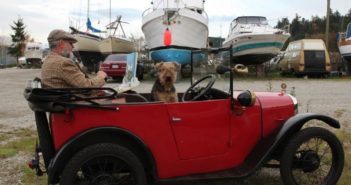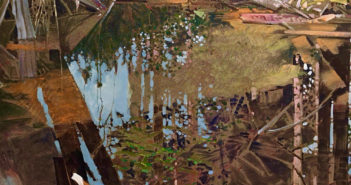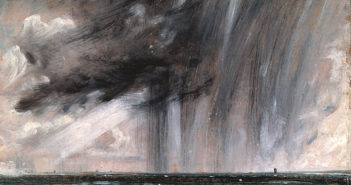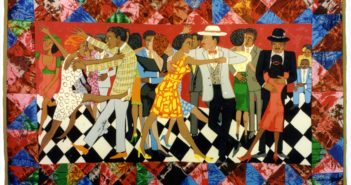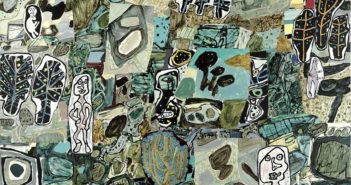
An American artist
If you drive for about a hundred miles due east out of Los Angeles, you’ll reach the Mojave Desert and the edge of one of its National Parks, Joshua Tree. There, among a dusty network of roads to nowhere, a ten-acre plot sprouts with assemblages made from the detritus of 20th Century America. Repurposed and redesigned to tell new stories, they cut, wind-worn and bleached, into a cerulean, high desert sky.

